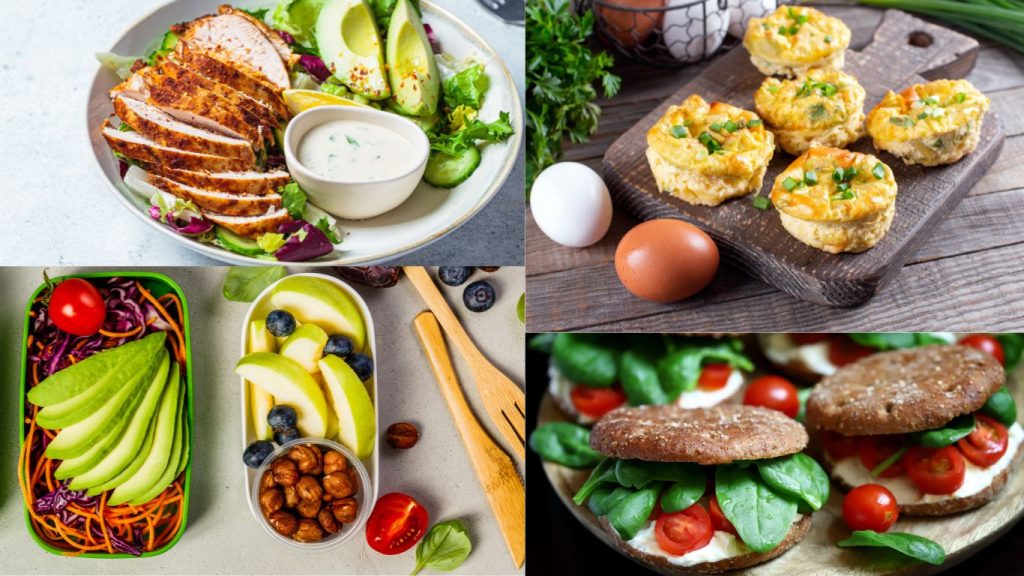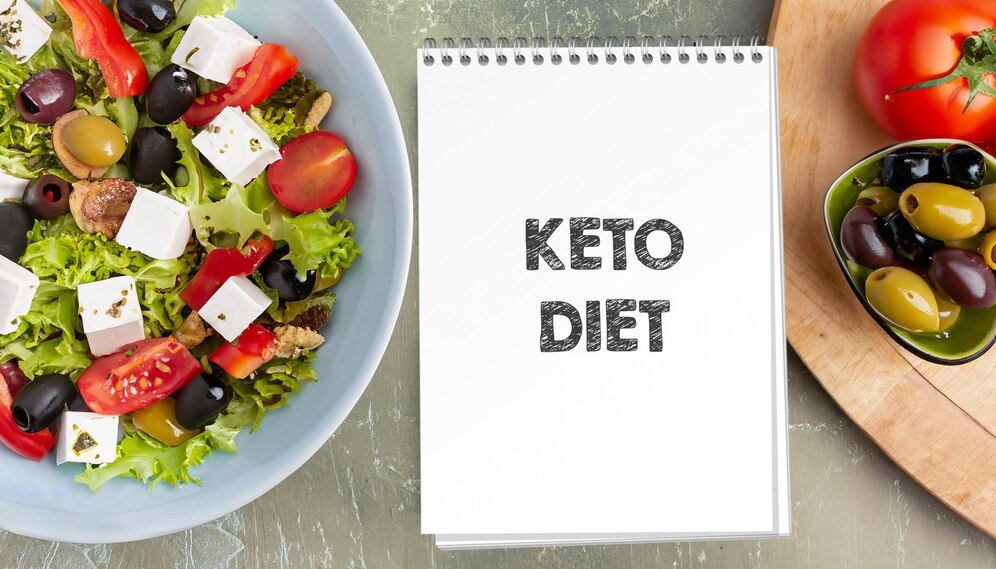Eating healthy doesn’t have to break the bank. With some planning and creativity, you can enjoy nutritious meals without spending a fortune.
This article will provide you with a guide on how to eat cheap and healthy for a week, including meal planning, budget-friendly recipes, and shopping tips.
Planning Your Meals
Meal planning is key to eating cheap and healthy. By planning your meals ahead of time, you can avoid impulse buys and ensure that you have all the ingredients you need. Here are some tips for effective meal planning:
- Make a weekly meal plan: Sit down at the beginning of the week and plan out your meals for each day.
- Use what you have: Check your pantry, fridge, and freezer before making your meal plan. Use ingredients you already have to save money.
- Shop your pantry first: Before heading to the store, make a list of what you need and stick to it. Avoid buying items on impulse.
Monday
Breakfast: Budget-friendly options: Oatmeal with fruit, yogurt with granola, or toast with peanut butter.
Lunch: Healthy and economical choices: Salad with grilled chicken, vegetable stir-fry with brown rice, or a turkey sandwich on whole grain bread.
Evening Meal: Cooking on a budget: Spaghetti with marinara sauce, vegetable soup, or baked chicken with roasted vegetables.
Snacks: Affordable and nutritious options: Carrot sticks with hummus, apple slices with almond butter, or popcorn.
Tuesday
Breakfast: Creative and inexpensive ideas: Smoothie with spinach and banana, scrambled eggs with vegetables, or whole grain pancakes.
Lunch: Pack your own lunch: Leftover spaghetti, quinoa salad, or a tuna wrap.
Evening Meal: One-pot meals for savings: Chili con carne, chicken and rice casserole, or vegetable curry.
Snacks: Homemade snacks: Trail mix, Greek yogurt with honey, or homemade granola bars.
Wednesday
Breakfast: Quick and affordable recipes: Breakfast burritos, overnight oats, or whole grain cereal with milk.
Lunch: Utilizing leftovers: Leftover chili, vegetable frittata, or rice and beans.
Evening Meal: Vegetarian or vegan options: Lentil stew, vegetable lasagna, or tofu stir-fry.
Snacks: Fruits and vegetables: Sliced cucumber with lemon juice, orange slices, or celery sticks with peanut butter.
Thursday
Breakfast: Bulk buying for savings: Buy in bulk and freeze portions for later use. Options include frozen berries, nuts, and seeds.
Lunch: Salads and sandwiches: Tuna salad, Greek salad, or turkey sandwich on whole grain bread.
Evening Meal: Cooking in batches: Make a large batch of soup, stew, or curry and freeze portions for later use.
Snacks: Nuts and seeds: Almonds, walnuts, or pumpkin seeds.
Friday
Breakfast: Oatmeal variations: Add toppings like bananas, nuts, and honey for a nutritious and filling breakfast.
Lunch: Soup and salad combos: Minestrone soup with a side salad, lentil soup with whole grain bread, or chicken noodle soup.
Evening Meal: Frozen vegetables and meats: Use frozen vegetables and meats to save money and time. Options include frozen peas, broccoli, and chicken breasts.
Snacks: Yogurt and granola: Greek yogurt with granola and honey, or yogurt with fresh fruit.
Saturday
Breakfast: Eggs and toast variations: Scrambled eggs with whole grain toast, poached eggs on English muffins, or avocado toast.
Lunch: Wraps and rolls: Chicken Caesar wrap, vegetable wrap with hummus, or tuna salad roll-up.
Evening Meal: Pasta dishes: Spaghetti with tomato sauce, pasta salad with vegetables, or macaroni and cheese.
Snacks: Cheese and crackers: Cheese slices with whole grain crackers, or cheese cubes with apple slices.
Sunday
Breakfast: Pancakes or waffles: Whole grain pancakes with maple syrup, or whole grain waffles with berries.
Lunch: Budget-friendly soups: Potato soup, butternut squash soup, or vegetable broth with noodles.
Evening Meal: Rice and beans: Rice and beans with a side of salad, or bean burritos.
Snacks: Popcorn and pretzels: Air-popped popcorn, or whole grain pretzels.
Grocery Shopping Tips

- Make a grocery list: Write down everything you need before you go to the store.
- Shopping at discount stores: Check out discount stores for lower prices on groceries.
- Buying in bulk: Buy staples like rice, beans, and oats in bulk to save money.
- Using coupons and discounts: Look for coupons and discounts on the items you buy regularly.
Cooking Tips

- Using affordable ingredients: Choose inexpensive ingredients like beans, lentils, and vegetables.
- Cooking in batches: Make large batches of meals and freeze portions for later.
- Freezing leftovers: Freeze leftovers in individual portions for quick and easy meals.
- Avoiding food waste: Use up leftovers in new recipes to avoid throwing them away.
Conclusion
Eating cheap and healthy for a week is achievable with some planning and creativity. By following the tips and recipes in this article, you can enjoy nutritious meals without breaking the bank. Remember to plan your meals, shop smart, and cook in batches to save time and money. Here’s to eating well on a budget!
FAQs
How can I eat cheap food for a week on a budget?
If you want to eat cheap food for a week on a budget, you can try buying food that is on sale, cooking meals from scratch, and using coupons to save money.
How do I make a 7 day cheap meal plan?
To make a 7-day cheap meal plan, you can start by choosing simple and affordable recipes, buying food in bulk, and using leftovers to create new meals.
How do I plan a cheap healthy meal for a week?
To plan a cheap healthy meal for a week, you can focus on foods that are in season, opt for plant-based meals, and make your meals instead of eating out.
What is the cheap food to eat every day?
Some cheap foods that you can eat every day include rice, beans, oats, eggs, and vegetables like carrots, broccoli, and cabbage.
What is the cheapest method to eat healthy?
The cheapest method to eat healthy is to cook your meals at home, buy food in bulk, and choose whole foods like fruits, vegetables, and grains instead of processed foods. You can also try shopping at farmer’s markets or growing your fruits and vegetables to save money.








bu8gqt